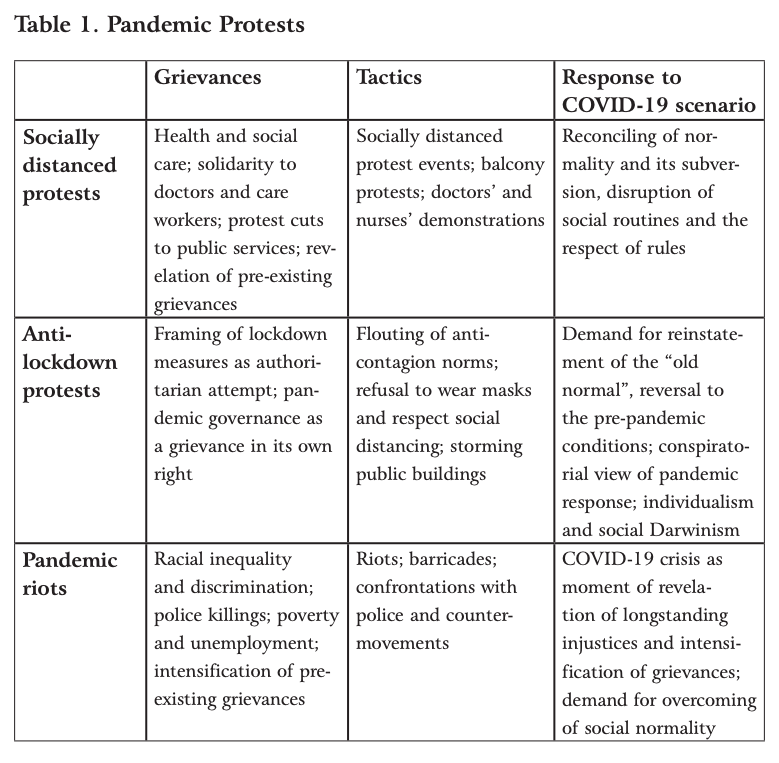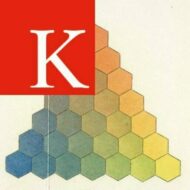
Dr Paolo Gerbaudo, Reader in Digital Culture and Society at the Department of Digital Humanities and Director of the Centre for Digital Culture, has just published an article on “The Pandemic Crowd: Protest in the Time of COVID-19” in Journal of International Affairs. The abstract is copied below.
From collective flash-mobs such as “clap for our carers,” to solidarity campaigns launched by a variety of activist organizations, to the Black Lives Matter movement and anti-lockdown protests by right-wing groups, the COVID-19 crisis has been marked by intense social protest. In this article, I analyze these protests as different responses to the exceptional conjuncture of the pandemic, through the lens of social movement theory and the analysis of grievances and action repertoires. Focusing on the United States and Europe, I highlight that protests during the pandemic reveal the nature of the COVID-19 emergency as a moment of political suspension and heightened social confrontation. Different movements respond to the COVID-19 health crisis either by navigating the straits between voicing dissent and abiding by health rules while demanding a return to pre–COVID-19 normality, or by seeing the disruption of the pandemic as an opportunity to seek redress for deep-seated problems. Regardless of their differences, pandemic protests point to the return of a crowd element and impromptu and spontaneous forms of action through tactics such as sit-ins, banging pot protests, the occupation of building, the toppling of statues symbolizing the enemy, or the foiling of anti-contagion rules. This return to pre-modern protest logics highlights the depth of the crisis of authority revealed by COVID-19, during which inequalities have further intensified.
